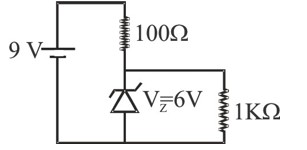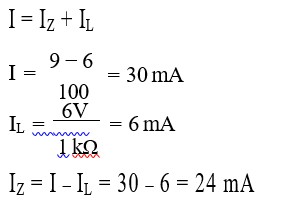Physics Electric Charge and Field
Get insights from 91 questions on Physics Electric Charge and Field, answered by students, alumni, and experts. You may also ask and answer any question you like about Physics Electric Charge and Field
Follow Ask QuestionQuestions
Discussions
Active Users
Followers
New answer posted
3 weeks agoContributor-Level 10
Not really. The electric dipole moment vector directs or points from the negative charge to the positive charge. But the electric field lines that a dipole creates will point away from the positive and move to the negative charge.
New answer posted
3 weeks agoContributor-Level 10
Yes, the cube, which is a closed surface containing only one electric dipole will make electric flux zero. This follows Gauss's Law when the total charge inside it is zero. The field lines entering the surface will exit, and that would result in zero net flux.
New answer posted
3 weeks agoContributor-Level 10
The magnitude of each charge and the distance that separates them.
New answer posted
4 weeks agoContributor-Level 10
Gauss Law is only concerned with the total enclosed charge that finally tells us the total flux. The charges outside may change field patterns. They not affect the total flux. It's actually incorrect to assume the field due to the external charges should also affect the flux through the Gaussian surface.
New answer posted
4 weeks agoContributor-Level 10
Gauss Law does not directly give the electric field in all cases. It can only be used in calculations for symmetrical surfaces: spherical, cylindrical, or planar.
New answer posted
4 weeks agoContributor-Level 10
The integral form of Gauss Law is considered as an indirect form and only in theory. It will still create a mathematical problem. The Gaussian surface passing through a discrete charge means it lies on the surface. Half of the electric flux is outside and half in. Not on the boundary. And we know Gauss' Law holds true only when there are closed surfaces.
New answer posted
a month agoContributor-Level 10
Electric field lines show how electric fields look and act but they are imaginary and have physics backing for their presence. They point the way a positive charge would move and their closeness shows field strength. Lines start on positive charges and end on negative ones. Crowded lines mean strong fields, spaced lines mean weak ones, and straight parallel lines mean uniform fields.
New answer posted
a month agoContributor-Level 10
Electric field lines never cross as the field no matter what point you take will have only one direction. If two lines met, there would be two tangents at that point, meaning two directions for the same field. That would make the field undefined there, which is physically impossible.
New answer posted
a month agoContributor-Level 10
Electric field lines never form closed loops as we should know the electrostatic field is conservative. In a conservative field, the work done in moving a charge around any closed path is zero. If lines formed loops, a charge would keep gaining energy along the path, which breaks this rule of zero net work.
Taking an Exam? Selecting a College?
Get authentic answers from experts, students and alumni that you won't find anywhere else
Sign Up on ShikshaOn Shiksha, get access to
- 65k Colleges
- 1.2k Exams
- 679k Reviews
- 1800k Answers


